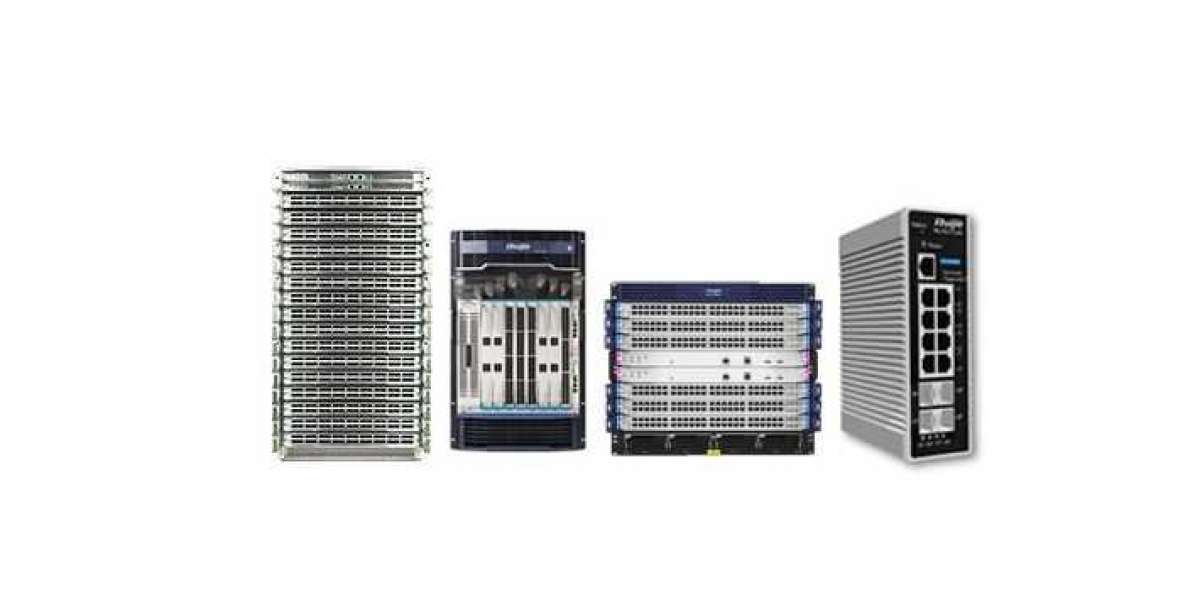What is a network switch?
What is a network switch?
A network switch connects devices in a network to each other, enabling them to talk by exchanging data packets. Switches can be hardware devices that manage physical networks or software-based virtual devices.
A network switch operates on the data-link layer, or Layer 2, of the Open Systems Interconnection (OSI) model. In a local area network (LAN) using Ethernet, a network switch determines where to send each incoming message frame by looking at the media access control (MAC) address. Switches maintain tables that match each MAC address to the port receiving the MAC address.
Why are network switches valuable?
Switches are responsible for relaying information between different endpoints and offer a plethora of benefits:
1.Switches form the majority of network devices in modern data networks and carry huge amounts of traffic in telecommunications provider networks.
2.They offer full-duplex communication, connect network segments, boost network performance and make effective use of available bandwidth.
3.Switches provide the wired connections to desktop computers, wireless access points (APs), printers, industrial machinery and some internet of things (IoT) devices, such as card entry systems.
4.They connect the computers that host virtual machines (VMs) in data centers, as well as physical servers and much of the storage infrastructure.
5.Most modern switches employ the Power over Ethernet technology, which can deliver up to 100 watts of power to support the connectivity of network devices. This enables businesses to set up equipment like outdoor lighting, security cameras, voice over IP phones and various kinds of sensors for monitoring remote areas in locations where a separate power source is not necessary.
6.Data from IoT devices can be collected by a network switch and used by artificial intelligence and machine learning algorithms to optimize smarter surroundings.
How does a network switch work?
All switches transmit data from one location to another, but their hardware and software configurations can vary greatly. A network switch can be deployed in the following ways:
1.Edge, or access, switches. These switches manage traffic either coming into or exiting the network. Devices like computers and APs connect to edge switches.
2.Aggregation, or distribution, switches. These switches are placed within an optional middle layer in a network topology. Edge switches connect into these and send traffic from switch to switch or send it up to core switches.
3.Core switches. These network switches form the backbone of the network. Core switches connect aggregation or edge switches, users or device edge networks to data center networks and enterprise LANs to routers.
A data frame is flooded to all ports in the switching domain if it is forwarded to a MAC address that the switch infrastructure is not familiar with. Data frames for multicast and broadcast are also flooded. This is known as broadcast, unknown unicast and multicast flooding. This capability makes a switch a Layer 2 device in the OSI communications model.




